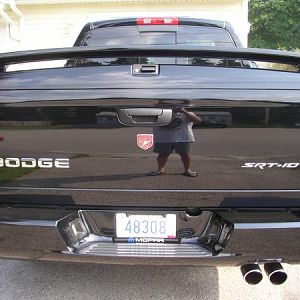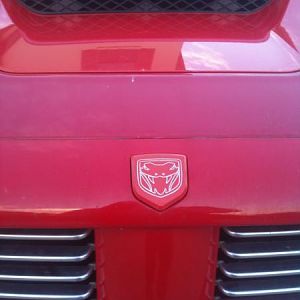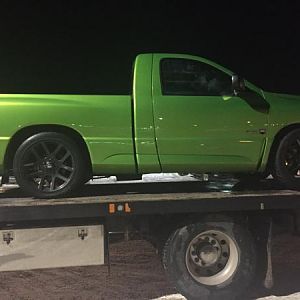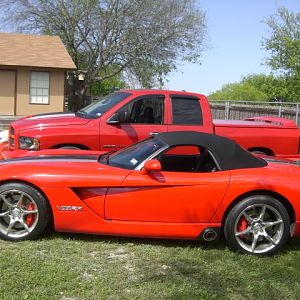Thanks for the continued accolades (although they aren't necessary).
Maybe I will do a You-Tube Channel one day. Any topics you would like covered??
I DO enjoy the performance stuff.
I went with a TCS converter (
The
Converter
Shop) in Arizona. I believe you get what you pay for with these units.
Maybe some of the other guys can give their thoughts on which brand to get.
A good 26-2800 stall makes a MAJOR difference.
I went with cats because I (personally) can't stand the smell without them. The old comments about cats smelling like rotten eggs, etc. is just that, old.
Modern Hi-Flows (and cats in general), don't smell.
IF they do smell like rotten eggs, something is seriously wrong. Again, NOT like the old days back when guys were punching out the restrictor in the gas filler tubes so they could still use leaded fuel. That of course ruined the cats, caused fires, took the temper out of torsion bars from heat, etc. AND...guess what?!? They stunk like rotten eggs!! Imagine that ?!?!
Exhaust smells when a vehicle is first started until the cats are up to temperature and "flash". After that, there shouldn't be much of any kind of smell. Unless of course you ate something that didn't agree with you.

I can't even follow some guy in traffic that's removed his cats on his car, truck, whatever. I don't care if using 4 cats is costing me FORTY horsepower (which they aren't...not even close). As far as hi-flow cats go, many of the factory cats are every bit as good as the hi-flows as far as power goes. I've had good luck with B&B's. As our vehicles are "old" now, a modern hi-flow is better than o.e.m.
Anyway, enough of a rant...
I use Bosch Widebands but I've had them for years. Ask Torrie what he prefers as there may be something different now so go with his recommendation.
The valve body gets a signal from the ECU to re-route fluid so the torque converter goes into lockup. When that happens is based on rpm, road speed, ambient temperature, coolant temp, throttle position sensor info.
Putting a converter in doesn't require a change in tuning.
In fact, lockup is somewhat hard-coded into the ecu. It can be changed (but NOT easily). I will stop there.
Ronnie





